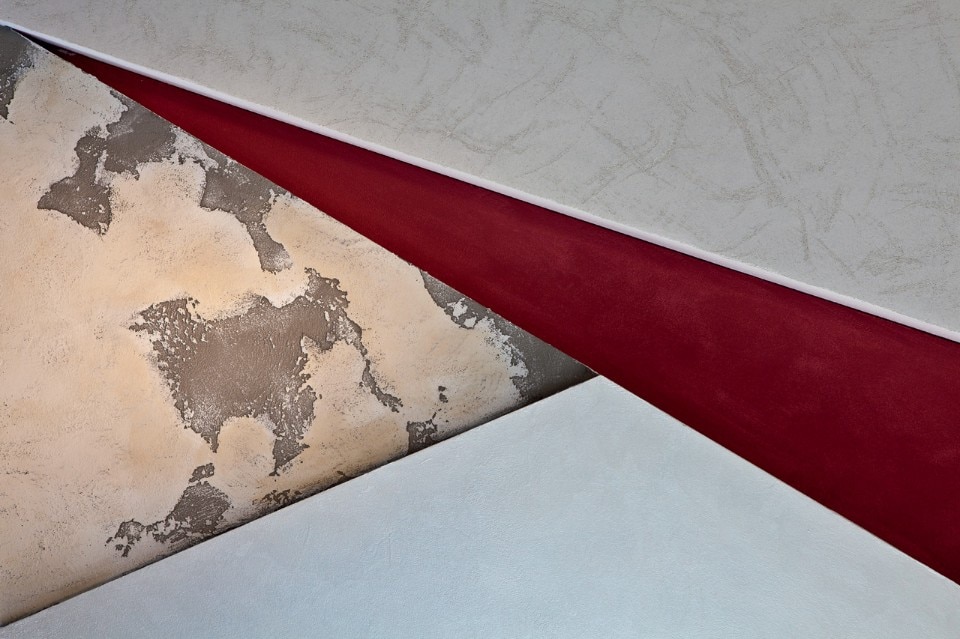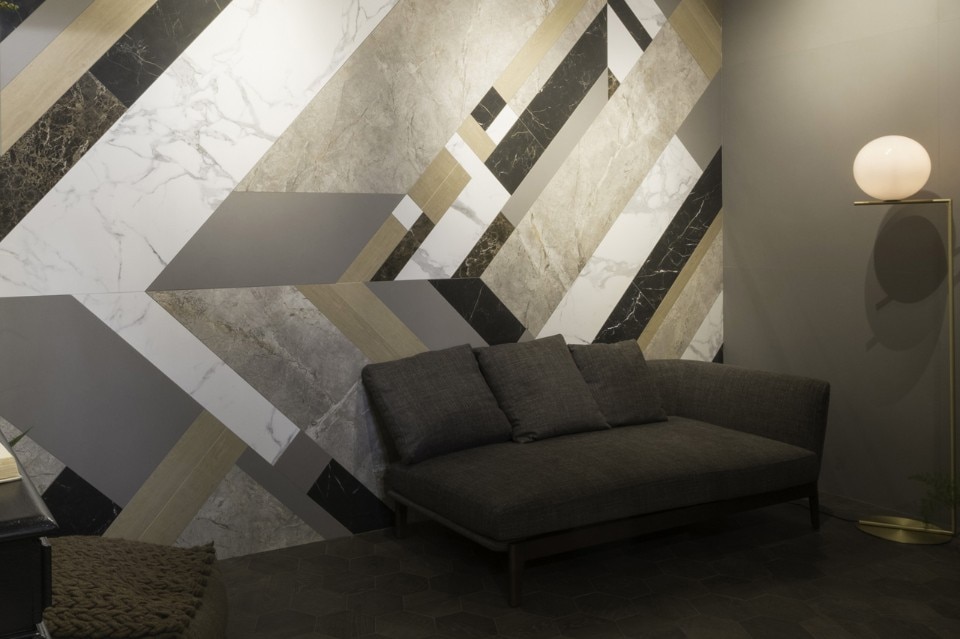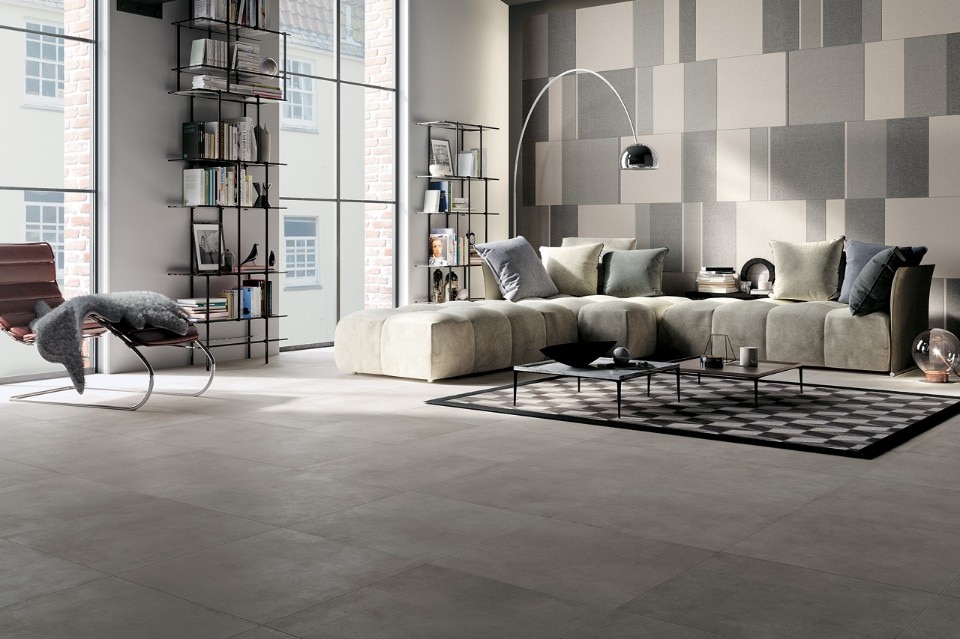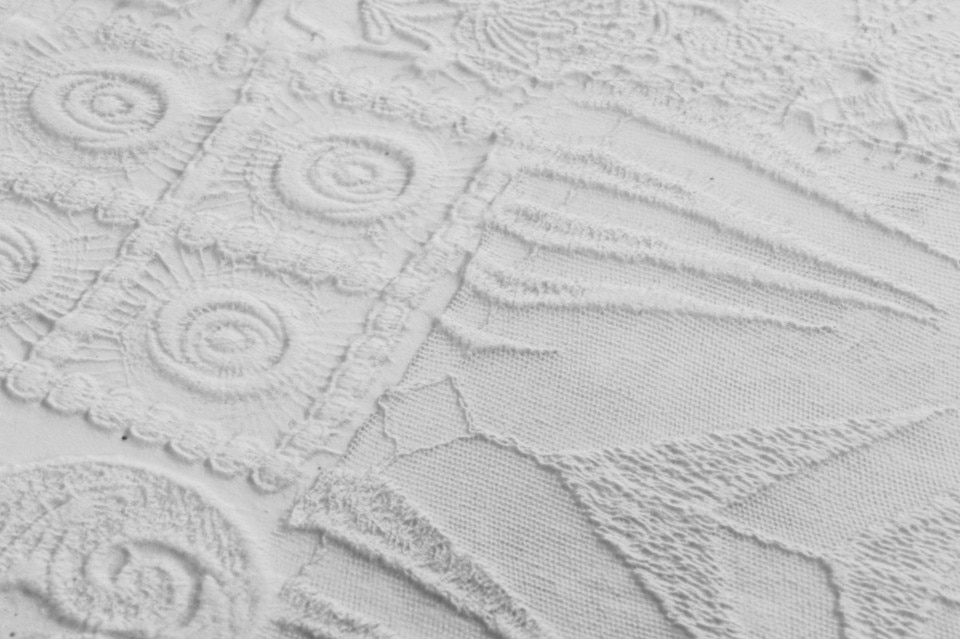
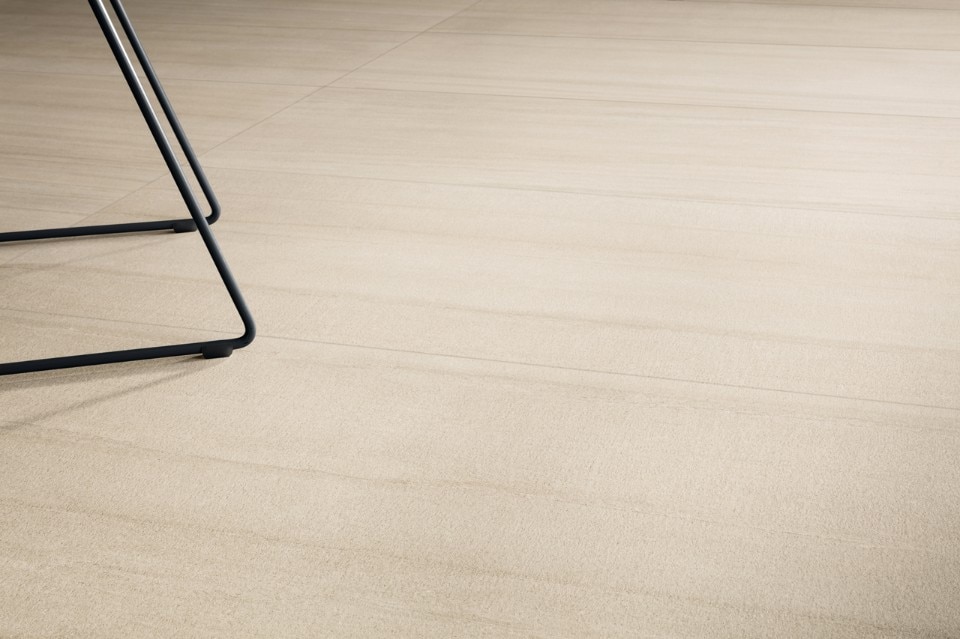
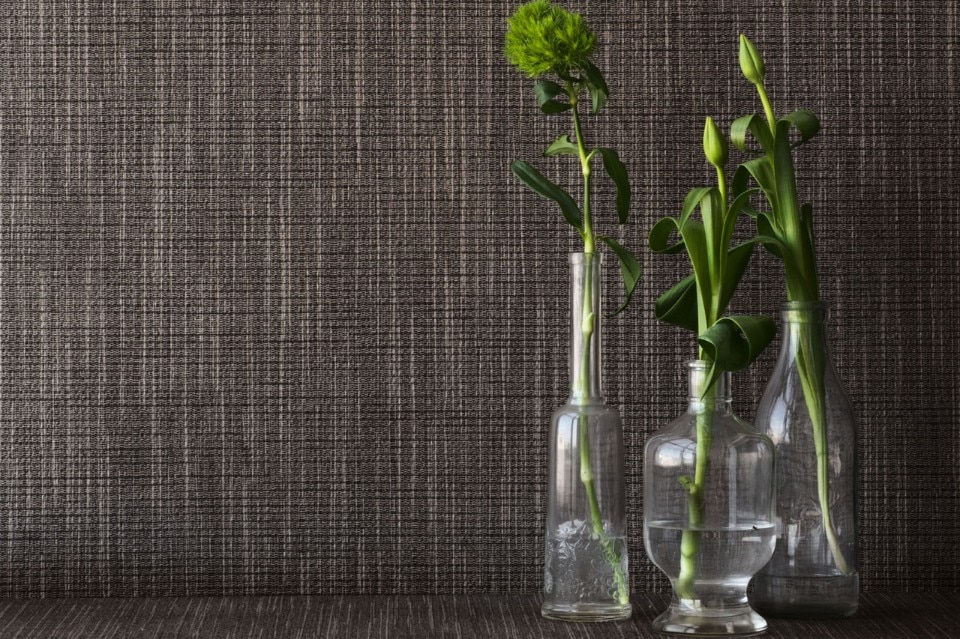
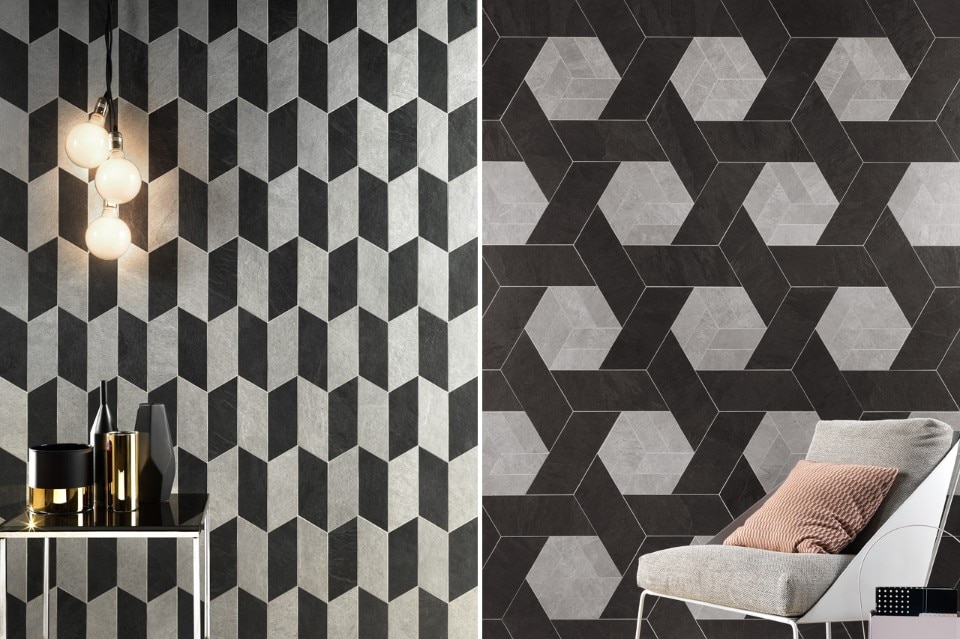
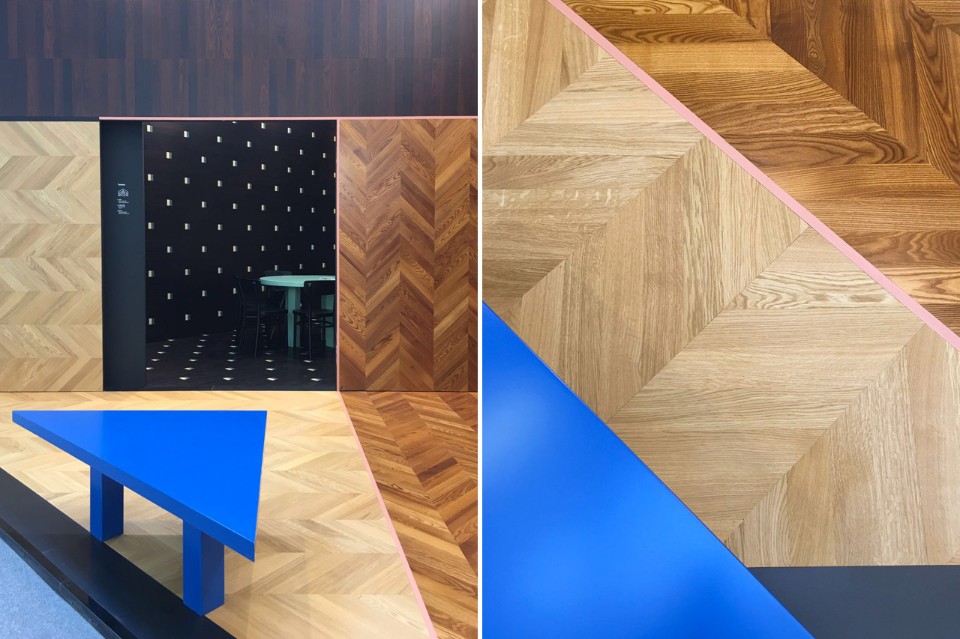
 View gallery
View gallery

Francesco Librizzi designed and built the stand for Ali Parquets at Cersaie 2016 like a photographic set for presenting the many facets of the exquisite woods in the collection
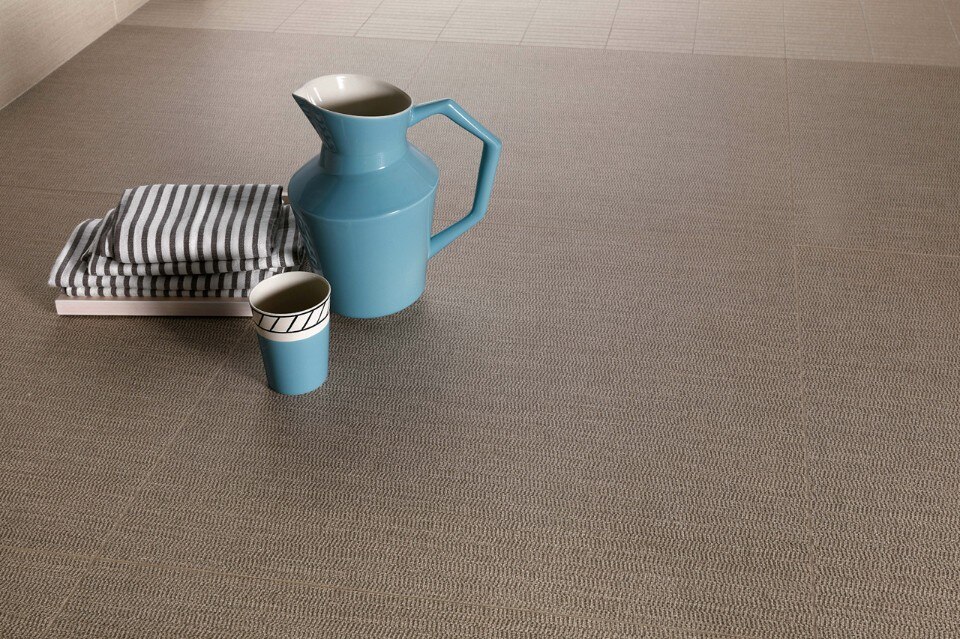
Room by Atlas Concorde, in which the surface in matt porcelain stoneware resembles fine yarns and presents a dense and consistent texture
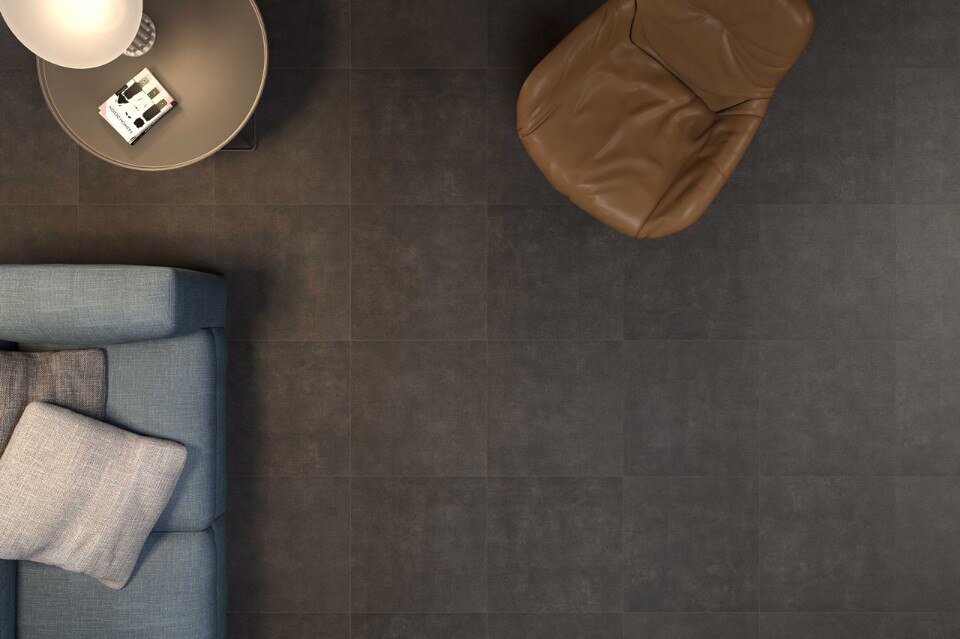
Textile Concrete by the manufacturer Rak Ceramics – multinational company based in the UAE – is a collection of tiles in glazed porcelain stoneware with an innovative texture that combines the durability of concrete with the soft feel of fabric
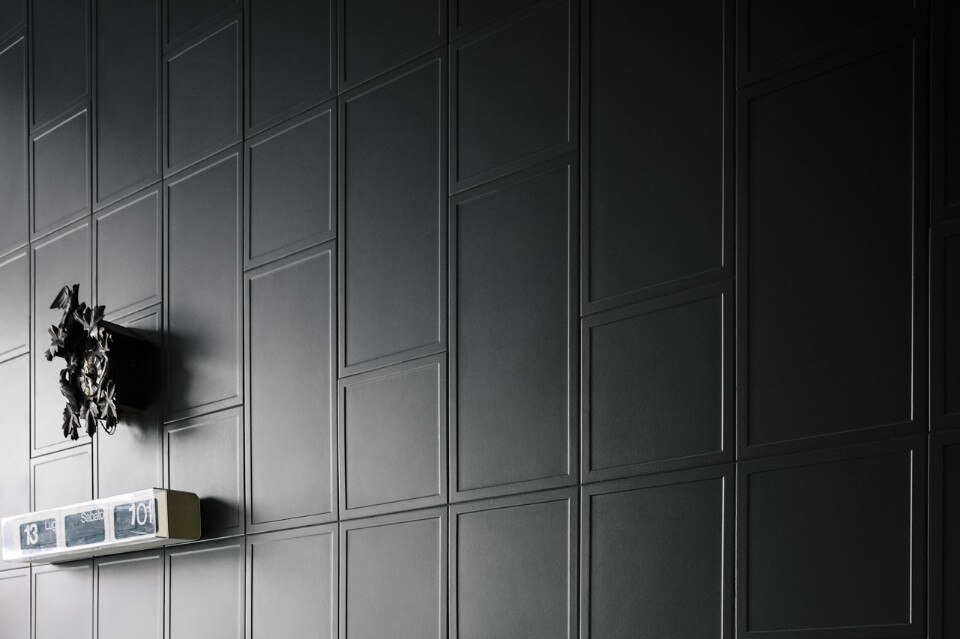
The Pætchwork collection designed by Piero Lissoni for Cotto Thailand, includes tiles, sanitary-ware and taps
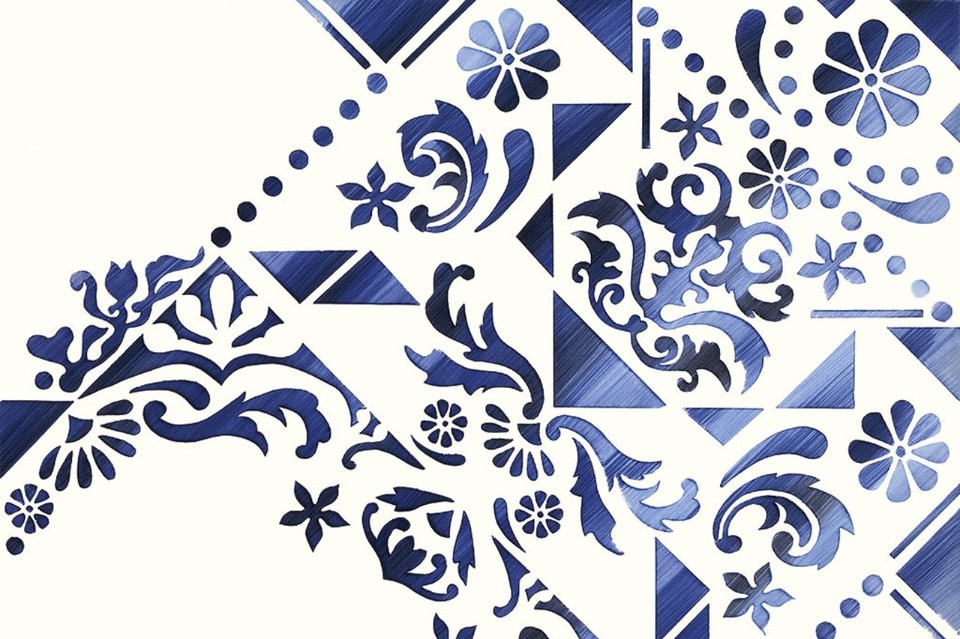
Marcel Wanders, Eve collection for Bardelli Ceramiche: glazed white-body tiles screen-printed with roller
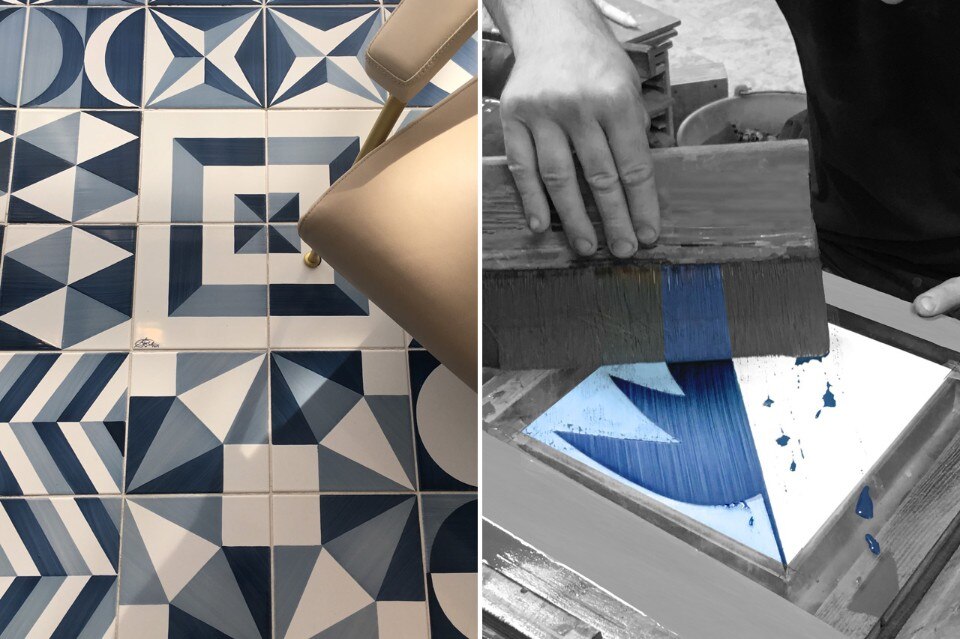
Blu Ponti Cellection by Ceramica Francesco De Maio. The company has obtained the original licence for the reproduction of 30 blue and white patterns that Gio Ponti designed between 1960 and 1962 for the Hotel Parco dei Principi in Sorrento
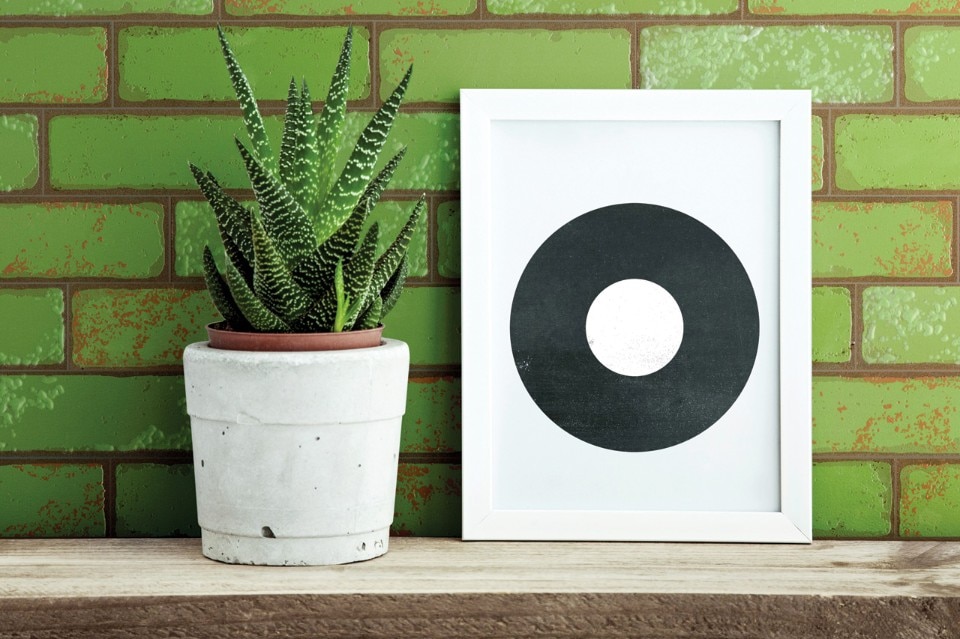
Thanks to digital printing, the Urban project by 14oraitaliana interprets ceramic via small monochromatic elements of material, rubbed and worn by time
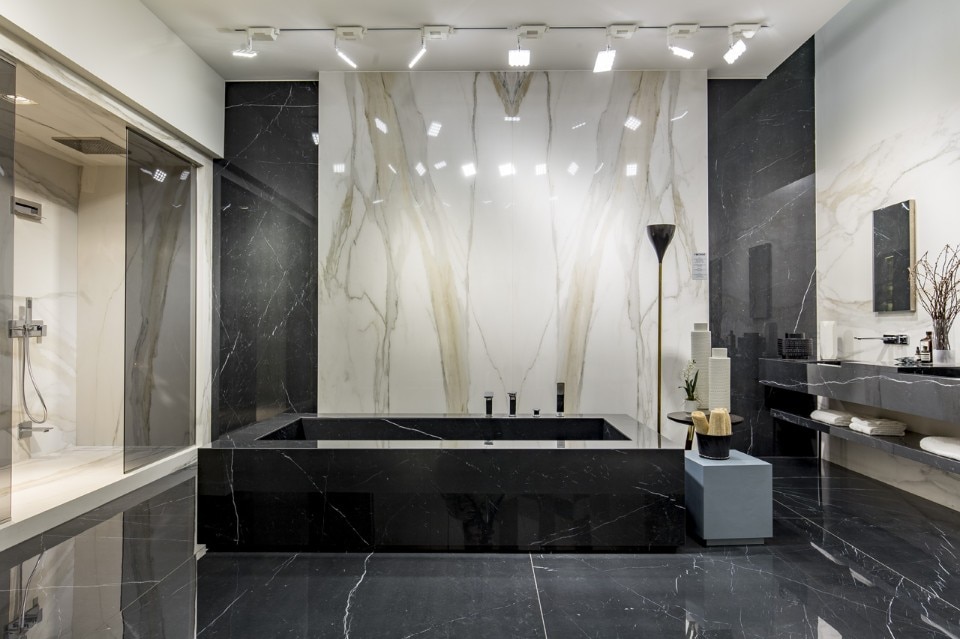
With their high-end range Rex Ceramiche Artistiche, Florim presented at Cersaie 2016 new versions of the I Classici di Rex series, a collection of claddings in full-body, coloured, porcelain stoneware
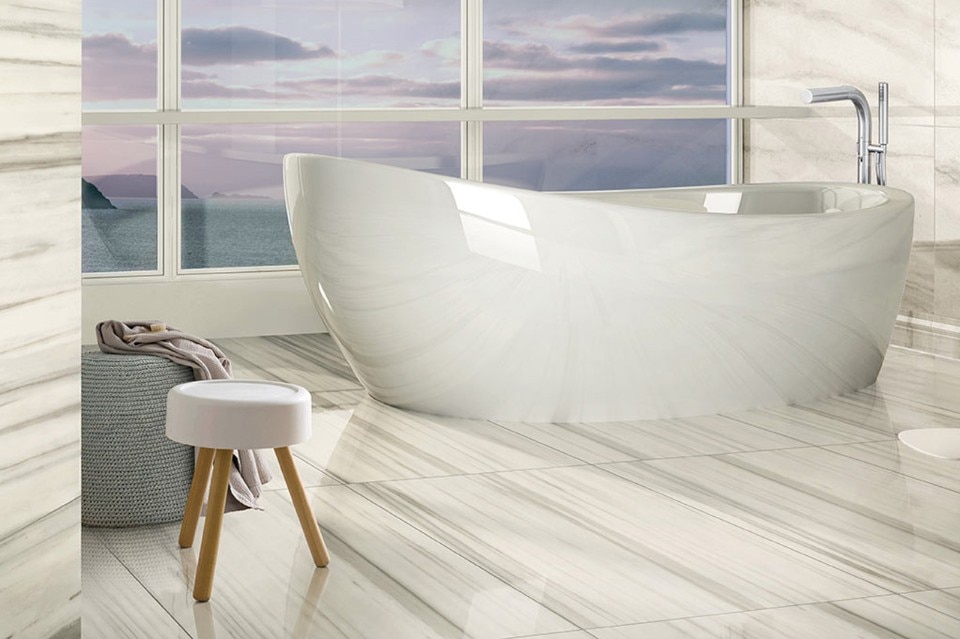
Made with by applying the latest digital technology to porcelain stoneware tiles, the Marmoker series by Casalgrande Padana presents ceramic that reworks the properties of quarried marbles
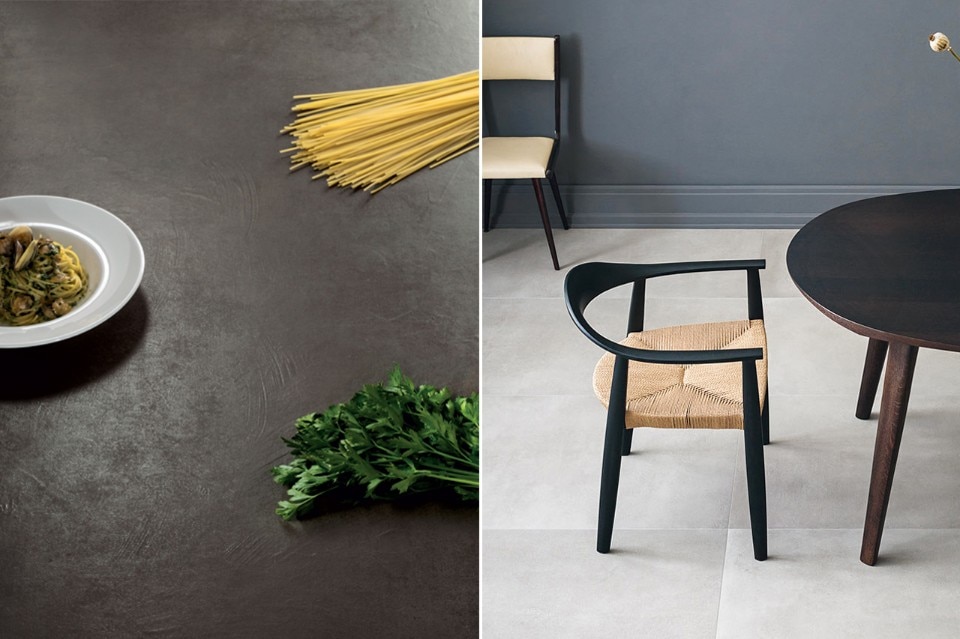
Left: with the SapienStone brand, Iris Ceramica Group launched at Cersaie the new brand dedicated to kitchen tops. Right: Powder by Marazzi, is a reinterpretation in porcelain stoneware of urban concrete, with a soft surface and random patterns characterised by subtle and graduated haloes that bring out the irregularities in the material


